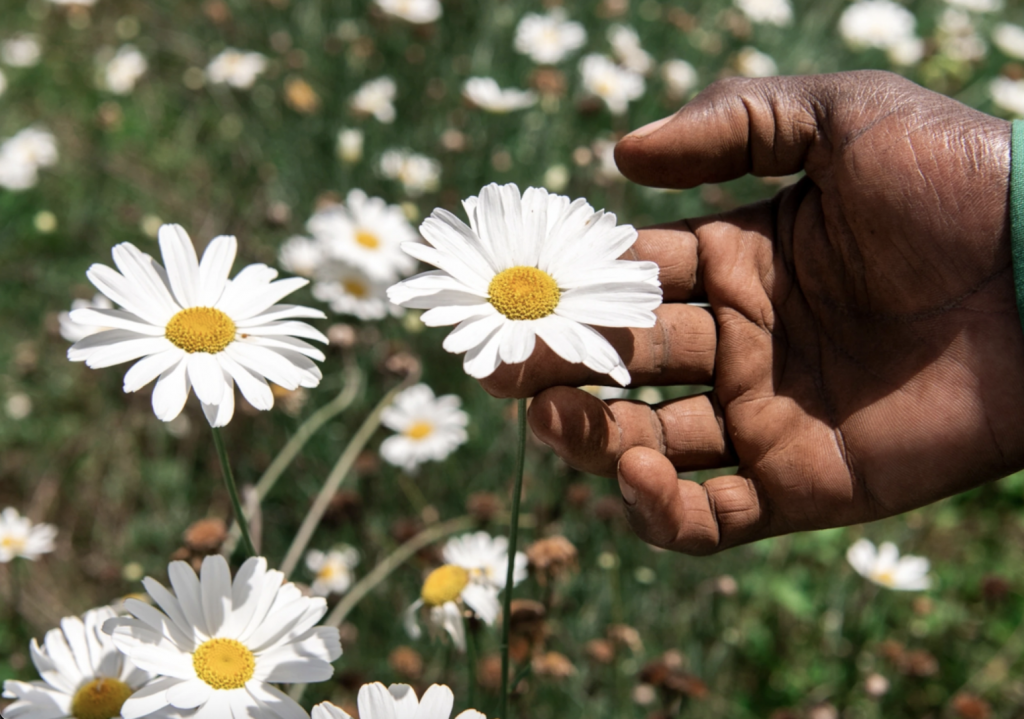
Photo/JACOB KUSHNER
On a sunny hill overlooking a valley of shrubs, yellow grass and maize, Deodat Madembwe watches a team of masons make bricks for an elementary school he’s building.
As a young man growing up in central Tanzania, Madembwe too was a mason. Back then the most popular way to make bricks was to mould them loosely out of dirt and clay and then burn them in a tanuru – the Swahili word for a kiln. But to heat the kiln was to wreak havoc on the local environment.
“People cut trees to burn bricks,” he explained. To burn enough bricks for about five houses, they’d have to fell 10, even 20 trees. Burning the trees releases CO², contributing to climate change, and deforestation means there are fewer trees left to combat it. As Tanzania’s population grew, more and more houses arose and the landscape suffered. “We [were] making a desert,” said Madembwe.
But today, on a sunny plateau above Mbeya, the masonry unfolding before Madembwe’s eyes is of an entirely different breed. Two men with shovels quickly mix dirt they’ve sifted with a bit of sand and cement. They add water and shovel the mixture into a small steel device. A third man closes the heavy metal lid and pulls down hard on a long green lever. He releases, and a perfectly rectangular gray brick rises up.
NGOs, governments and local cooperatives have been experimenting with so-called compressed stabilised earth blocks (CSEB), a green alternative to tree-consuming burnt bricks, on a small scale for years. But they may soon rise to global prominence, prompted in part by interest from an unlikely party: the largest cement manufacturer in the world.
Read the full story at African Business Magazine via SparkNews. This article is part of a series of reports by Solutions&Co published to coincide with the COP21 Climate Talks in Paris.


